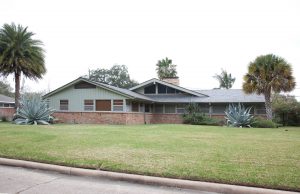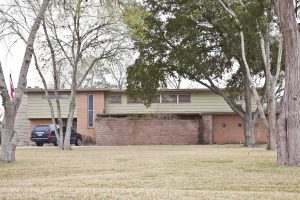Klein, Irving R.
Irving R. Klein (1906–1991) studied at the University of Pennsylvania and Tulane University from 1923–1927; he graduated from Tulane in 1927. After a year studying modern housing projects in Germany and Scandinavia, Klein returned to the United States working as a draftsman for several important architectural firms around the United States. He established his own practice, Irving R. Klein & Associates in Houston in 1935. He was licensed as an architect in Texas in 1937, and in Louisiana in 1945. During World War II, Klein designed several buildings for the Brown’s Ship Building Company in Houston. By the end of the war, the firm was known for its commercial work, in particular designing and remodeling downtown retail stores and office buildings. Most of Irving R. Klein & Associates projects were located in Houston and included the Bond Clothes store (1940),which featured Art Deco details and sweeping staircases, Finger Furniture Company warehouse building (1946) and its 1953 addition; McKinney-Nagle warehouse and office building (1946); Falstaff Distributing Company warehouse (1947); Congregation Beth Israel synagogue (1949–1950); Fluor Office Building (1952); Heights Medical Building (1952–53); and the Nathan’s Store in Galveston (1946). The firm handled remodeling of the West Building in 1946,the Gulf Building in 1953, and the Elks Club (1952–53). Klein also designed the Gulfgate Shopping City, Houston’s first regional open-air shopping mall as well as Palms Center.


